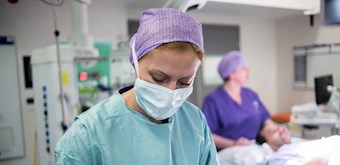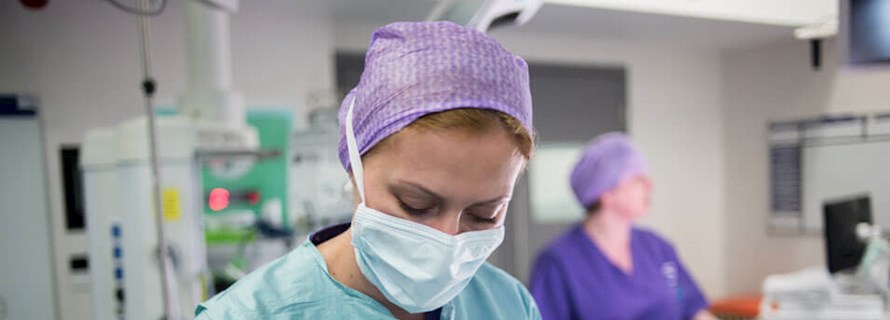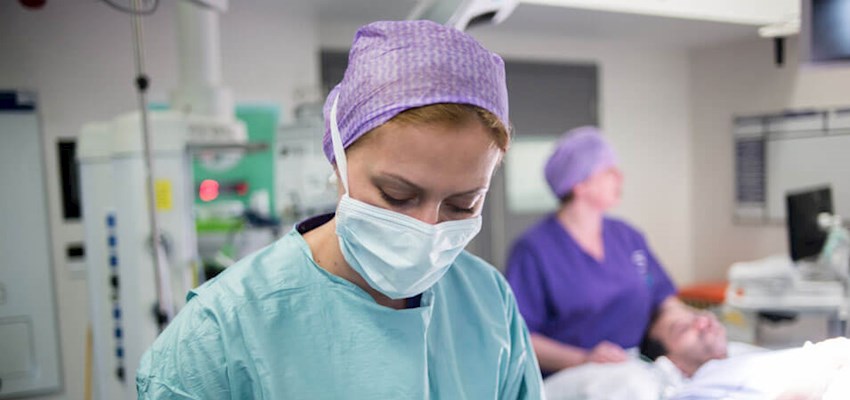Multi-level surgery for cerebral palsy
Single event multi-level surgery (SEMLS)
Our orthopaedic consultants treat bone and tissue deformities in young cerebral palsy patients with multi-level surgery
What is multi-level surgery?
The procedures are carried out after selective dorsal rhizotomy (which reduces spasticity) to help correct remaining bone and joint deformities in the feet, ankles, knees and hips. These include twisted thigh and shin bones and hip dysplasia, where the bone slides out of the socket. Soft tissue problems such as tight tendons are also addressed.
Multi-level surgery is carried out after extensive gait analysis. The consultant observes how your child walks and identifies specific issues they may have, to form a treatment plan.
These multiple procedures may help a child with cerebral palsy to walk better and improve mobility skills and joint mobility.
Need to know
-
What happens during multi-level surgery? icon plus
Firstly your child will have extensive gait analysis with a consultant. They will observe how the child walks over a period of time, and may recommend multiple level surgery to address specific issues.
The procedures happen in one combined trip to the operating theatre. Your child will have a general anaesthetic and will be asleep throughout. Depending on your child's conditions, they will then undergo multiple treatments on their legs. These range from open reduction and hip reconstruction for hip dysplasia, to correcting foot deformities. Surgery time depends on the quantity and complexity of procedures.
-
How to prepare your child for surgery icon plus
Your consultant will explain the procedure and answer any questions you have. In the week before surgery, it’s important that your child stays healthy. Let your consultant know if your child has recently had a cold or a sore throat, as surgery may need to be postponed to reduce the risk of complications.
Because general anaesthetic is used during the procedure, your child may need to fast for several hours before the operation. Your consultant will tell you how long they should avoid eating and drinking. Like all procedures, there may be some risks and side effects. Your consultant will explain these to you. -
After multi-level surgery icon plus
Having multi-level surgery means one single, prolonged recovery involving physiotherapy. Your child will spend the first three weeks after surgery recovering from the procedures. After six weeks, your child will start extensive physiotherapy.
Once X-rays show adequate healing, the child will learn to move and bear weight on their limbs with the help of crutches. They will be encouraged to exercise two to three times a week, to increase strength. Your child should be fully recovered from multi-level surgery after a year. Your consultant will monitor their progress throughout.
Our paediatric consultants




Our locations
From complex surgery to straightforward procedures, we provide exceptional care across our network of hospitals, outpatient centres and specialist clinics.
-
The Wellington Hospital Elstree Waterfront
The Waterfront Business Park
Beaufort House, Elstree Road
Elstree WD6 3BS
-
Golders Green Outpatients and Diagnostics Centre
Roman House
296 Golders Green Road, Golders Green
London NW11 9PY
Request an orthopaedic appointment for your child
We're happy to help you make an appointment with one of our experienced paediatric consultants who specialise in orthopaedics. We can also make imaging and outpatient physiotherapy appointments for you.
Call us today
020 7079 4344